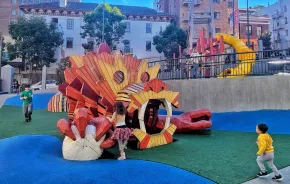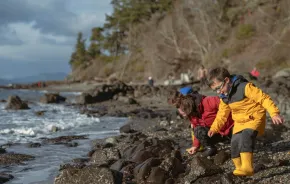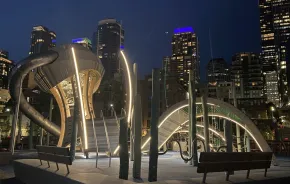
Photo:
Japan's Mount Fuji can be seen from the train between Tokyo and Kyoto
While only one member of our family of three has been diagnosed as being on the autism spectrum, I think it’s safe to describe all of us as having sensory needs. My husband prefers the peace of natural places like forests, mountains and beaches. I like the culture of a big city but only when there are plenty of quiet escapes. Our son, who loves the conveyances of travel — planes, trains and subways — is also highly sensitive to smell, sound and taste.
Finding an international vacation destination to suit our family required a very careful choice. In deciding on Japan, we found an adventure we could all enjoy: Rich culture and history, futuristic high-speed trains and ubiquitous sushi. All this, combined with abundant peaceful escapes, suited our family perfectly.
Sensory-friendly Japan
Logistically, plenty of direct flights from Seattle to Japan make the journey relatively easy, and no special vaccinations are needed. Culturally, the importance of cleanliness and good manners in Japan translates to spotless public restrooms, quiet public places and a respect for personal space (or pasonaru supesu), even in the most crowded situations.
Further, the Japanese embrace the benefits of “forest bathing” or shinrin-yoku — spending time in the trees. Serene parks and gardens everywhere helped us pause and recalibrate throughout our days, from Kyoto to bustling Tokyo.
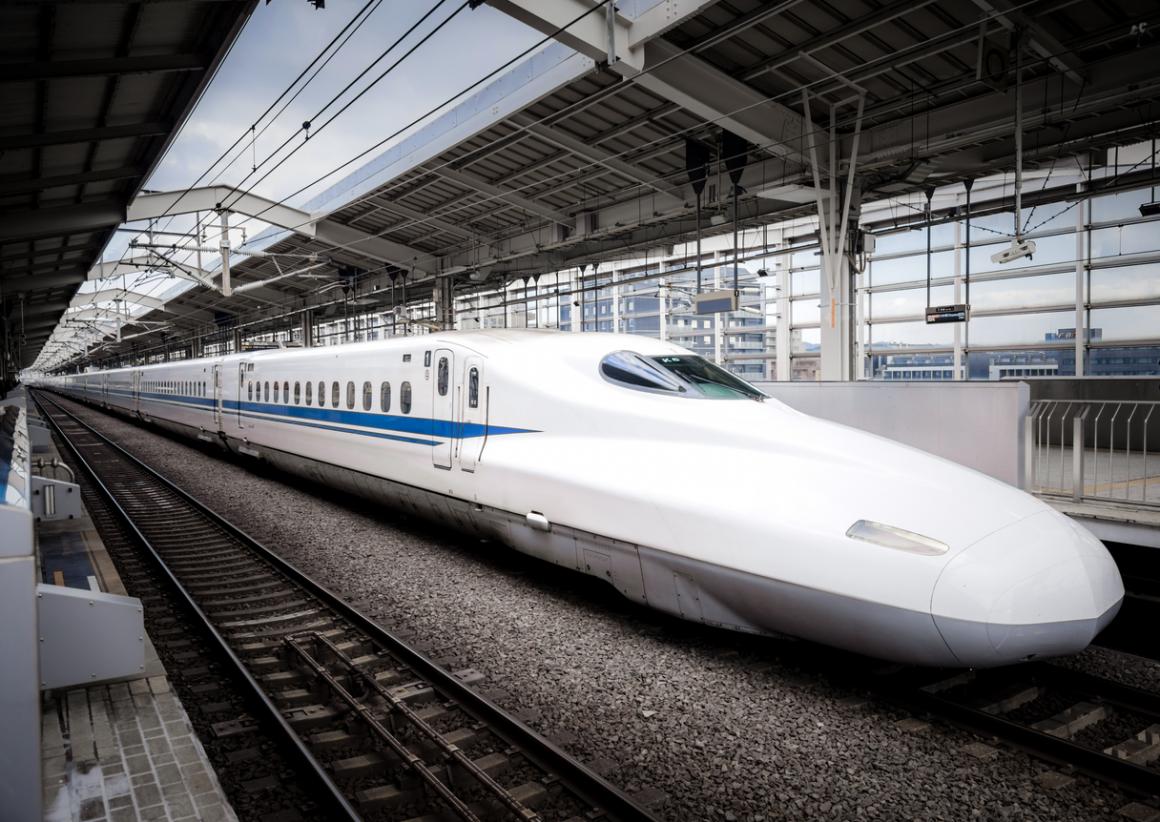
Our itinerary
We structured our two-week trip around Tokyo, the world’s largest metropolitan city, and Kyoto, thought to be Japan’s most beautiful city. We purchased a rail pass before departure and opted for Airbnb and hotel stays to allow maximum flexibility with our meals. (Someday, when we’re more inclined to eat everything that’s put in front of us, we’ll try the more traditional ryokans, a type of lodging where multi-course meals are typically included.)
In Kyoto, an Airbnb rental within walking distance of Nijo Castle proved to be a great home base. We made our own breakfasts and dinners, provisioning at a nearby supermarket and French-style bakery around the corner. We ate in our tatami-mat dining room that overlooked a postage-stamp-sized Japanese garden.
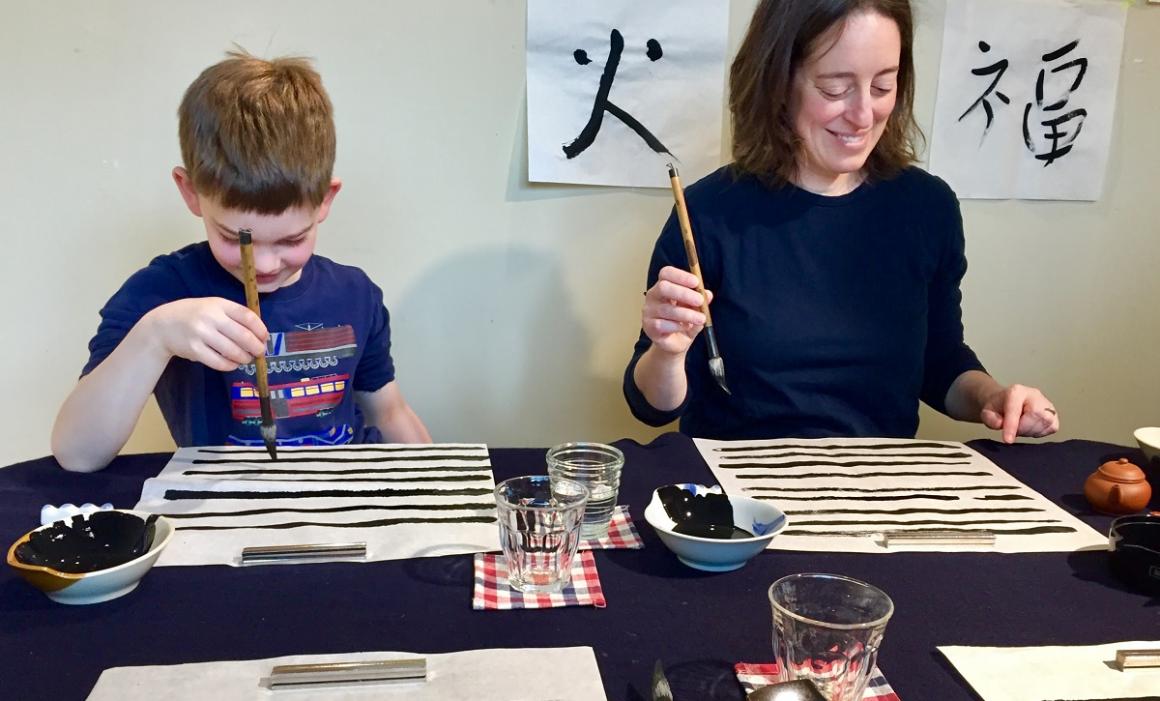
Structuring our days
To organize our days, we generally picked one sight-seeing destination plus one outdoor or hands-on activity. One morning we took a calligraphy class through Airbnb Experiences, had lunch at a casual sushi restaurant and then wandered through the Imperial Palace. Despite the language barrier, our son quickly made a friend on the playground there and we sat on a bench watching them see-saw, swing and pantomime together.
In Arashiyama, we visited the exquisite Tenryu-ji Temple and Bamboo Forest. Across the Togetsu-kyo Bridge and down a quiet a back street, we found a café with plate-glass windows looking into the forest. This offered us a place to relax and read before visiting the nearby Iwatayama Park’s macaque monkeys (a site I could have skipped, but made our son’s list of top-10 highlights).
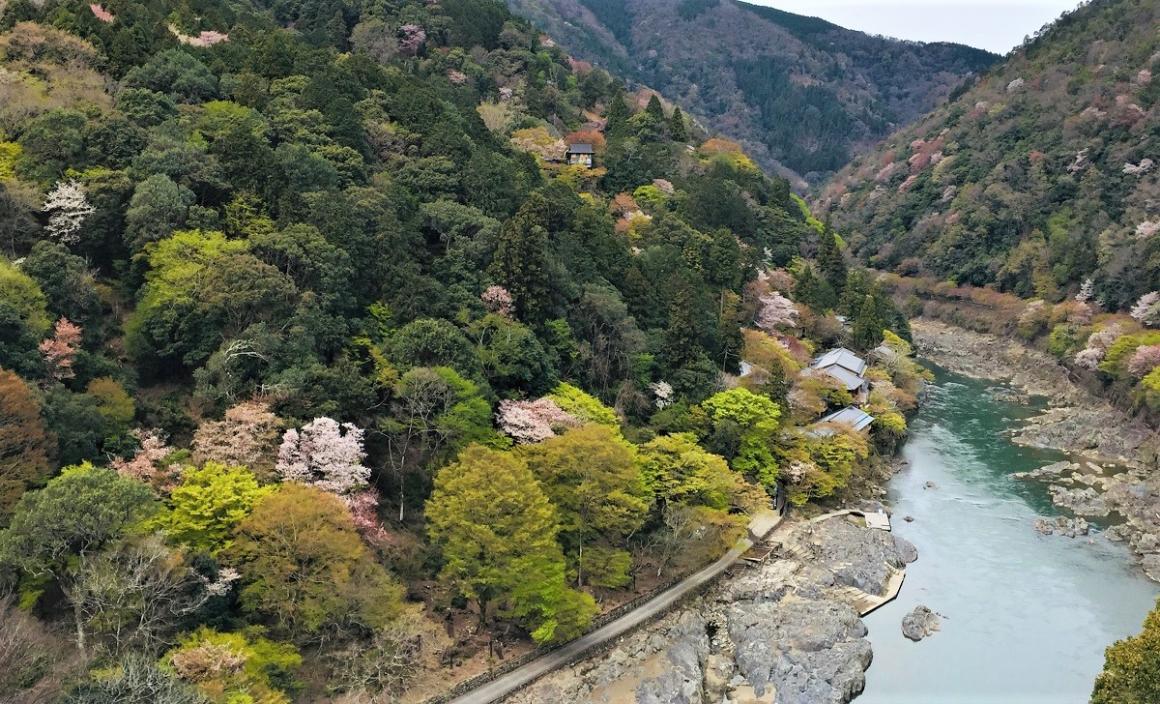
On another day, we visited the Golden Temple in the morning and took a cooking class in the afternoon.
On our last day in Kyoto, we visited the Railway Museum, a Smithsonian-level experience devoted to trains. Bridges, tracks, signals, pantographs — there were hands-on exhibits every step of the way, and a restaurant overlooking numerous rail lines going in and out of the city. When we traveled the next day by Shinkansen (bullet train) to Tokyo, we had a new appreciation for both the machines and the country’s industrial history.

Our time in Tokyo
I was warned that there was no way we’d be able to see everything we wanted to in Tokyo, and we tried to adjust our expectations accordingly. At the National Museum, for example, we limited our time to the sword room.
We spent half a day at Origami Kaikan where we saw the special paper being made, wandered through a gallery of origami flowers and watched a demonstration that kicked-off our own paper-folding obsession. Another day we walked to the commanding Meiji Shrine and rocketed to the top of the Tokyo Skytree for a bird’s eye view of the city.
Being flexible
Toward the end of our trip, exhaustion and overwhelm set in. We opted for the nearby Tokyo Water Science Museum instead of trekking to the National Museum of Emerging Science and Innovation, but hardly anything was in English and we didn't find the exhibits very impressive. On a hot afternoon, we ran out of steam for temple visits and gave up en route to the crowded Senso-ji Temple. And a torrential downpour kept us from visiting the Imperial Palace at all.
On our last day, we stayed in the Roppongi neighborhood near our hotel and discovered a gem-like park. We sampled bright purple sweet potato doughnuts, gourmet rice crackers and elegant green tea chocolates. We sat cross-legged at low tables for the most delicious bowls of udon and plates of yakitori.
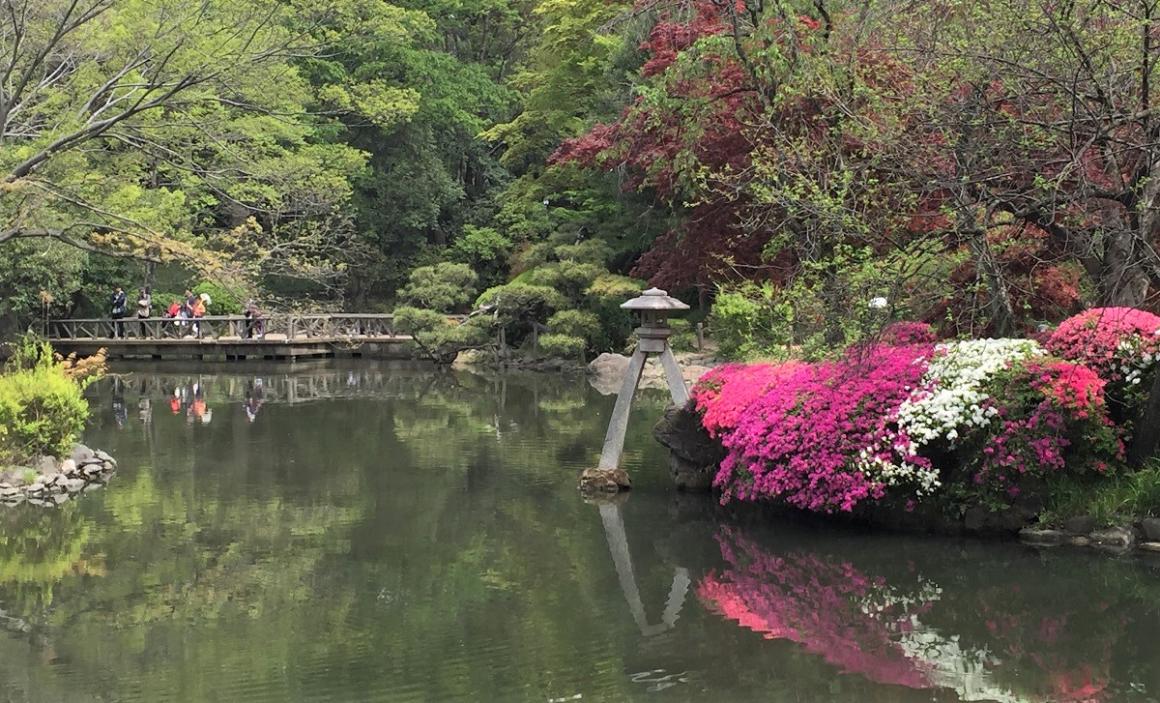
It was an unexpectedly perfect end to our trip, this unplanned day. We reveled in all the new sights and sounds we had experienced, all the customs and history we had learned and the way we had pushed the boundaries of our known world just enough — in a way that made us eager to do it again.
Some of our favorite places
Around Kyoto:
- Nijo Castle
- Imperial Palace and Park
- Philosopher’s Walk
- Kinkaku-ji (Golden Temple)
- Tenryu-ji Temple
- Arashiyama Bamboo Grove and Monkey Park
- Kyoto Railway Museum
Around Tokyo:
- National Museum: a sprawling museum housing more than 3,000 items; arms and armor are in the Honkan gallery
- Tokyo Skytree: touristy but still a cool place to get a bird’s eye view of the city; go early
- Meiji Shrine: Shinto shrine in a forest in the middle of the city
- Origami Kaikan: free 4-level gallery with working artists, impromptu demonstrations, and a huge selection of paper and books
- Nezu Museum: beautiful, small museum with a lovely garden and café; take a sketch book
- The hands-on Drum Museum, Kite Museum and the National Museum of Emerging Science and Innovation will be on our list next time.
Tips for families:
|








